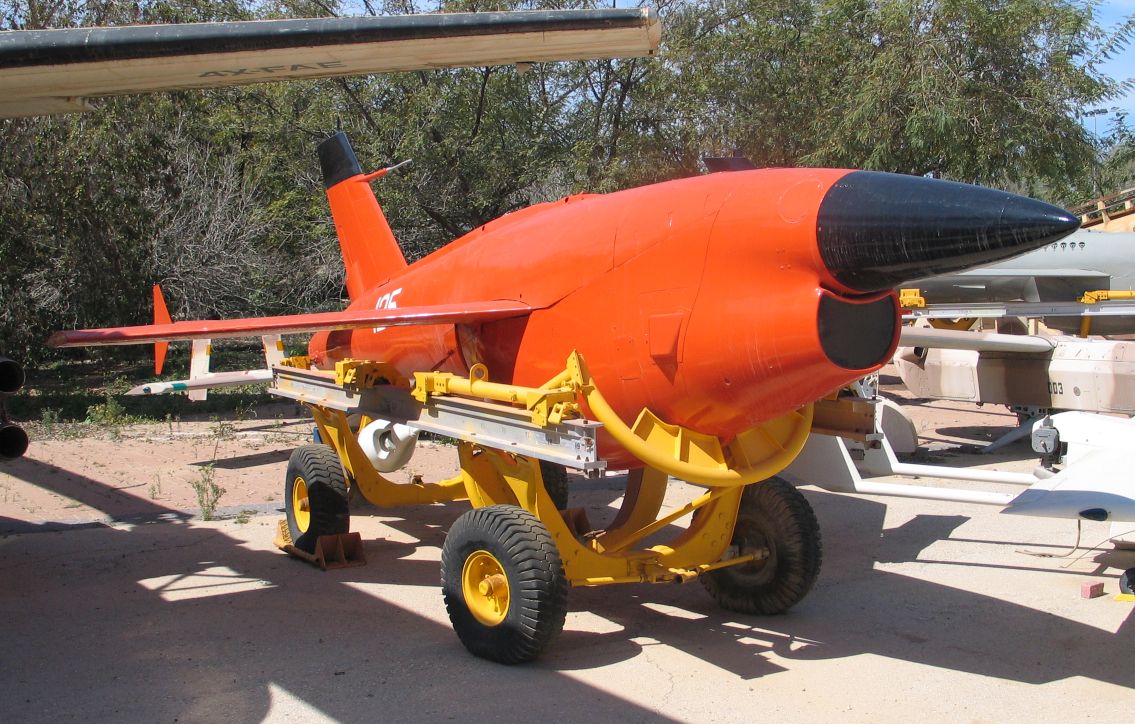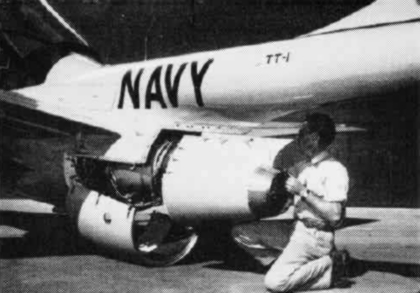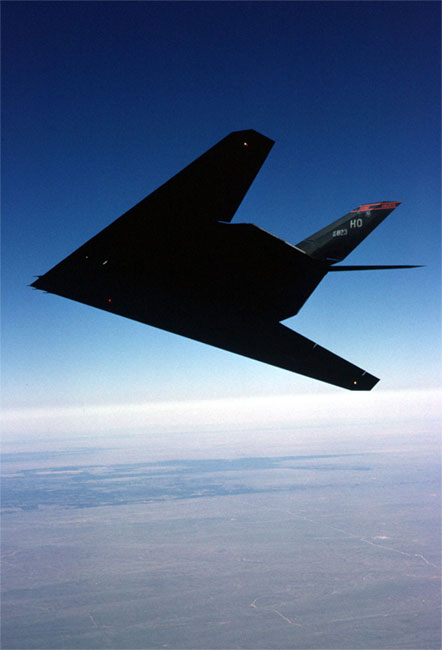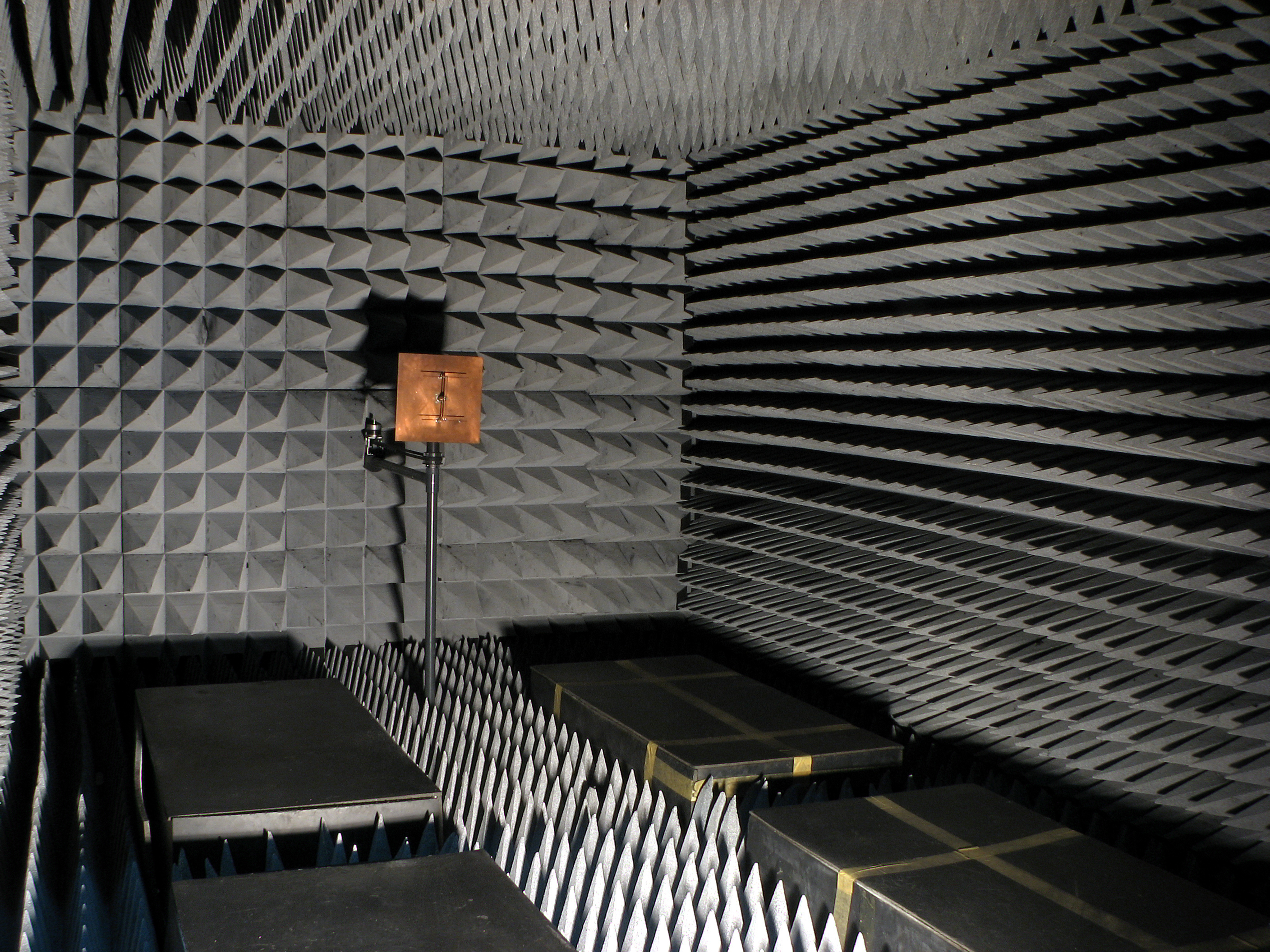|
Firebee
The Ryan Firebee is a series of target drones developed by the Ryan Aeronautical Company beginning in 1951. It was one of the first jet-propelled drones, and remains one of the most widely used target drones ever built. Development Ryan Firebee I Q-2/KDA-1 Firebee The Firebee I was the result of a 1948 U.S. Air Force request and contract to Ryan for a jet-powered gunnery target. The first flight of the XQ-2 Firebee prototype took place in early 1951. The drone featured swept flight surfaces and a circular nose inlet. The initial models had distinctive "arrowhead" shaped endplates on the tailplane. The Firebee could be air-launched from a specially modified launch aircraft ( Douglas A-26 Invader was first to be used for this), or ground-launched with a single RATO booster. Following successful evaluation the target was ordered into production for the USAF as the Q-2A, powered by a Continental J69-T-19B turbojet engine with of thrust. The Air Force then obtained small n ... [...More Info...] [...Related Items...] OR: [Wikipedia] [Google] [Baidu] |
Ryan Model 147
The Ryan Model 147 Lightning Bug is a jet-powered drone, or unmanned aerial vehicle, produced and developed by Ryan Aeronautical from the earlier Ryan Firebee target drone series. Beginning in 1962, the Model 147 was introduced as a reconnaissance RPV (Remotely Piloted Vehicle, nomenclature of that era) for a United States Air Force project named Fire Fly. Over the next decade — assisted with secret funding from the recently formed National Reconnaissance Office along with support of the Strategic Air Command and Ryan Aeronautical's own resources — the basic Model 147 design would be developed into a diverse series of variants configured for a wide array of mission-specific roles, with multiple new systems, sensors and payloads used, modified and improved upon during the operational deployment of these drones in Southeast Asia. Missions performed by the Model 147 series RPVs included high- and low-altitude photographic and electronic aerial reconnaissance, surveillance, de ... [...More Info...] [...Related Items...] OR: [Wikipedia] [Google] [Baidu] |
Target Drone
A target drone is an unmanned aerial vehicle, generally remote controlled, usually used in the training of anti-aircraft crews. One of the earliest drones was the British DH.82 Queen Bee, a variant of the Tiger Moth trainer aircraft operational from 1935. Its name led to the present term "drone". In their simplest form, target drones often resemble radio-controlled model aircraft. More modern drones may use countermeasures, radar, and similar systems to mimic manned aircraft. More advanced drones are made from large, older missiles which have had their warheads removed. In the United Kingdom, obsolete Royal Air Force and Royal Navy jet and propeller-powered aircraft (such as the Fairey Firefly, Gloster Meteor and de Havilland Sea Vixen used at RAE Llanbedr between the 1950s and 1990s) have also been modified into remote-controlled drones, but such modifications are costly. With a much larger budget, the U.S. military has been more likely to convert retired aircraft or olde ... [...More Info...] [...Related Items...] OR: [Wikipedia] [Google] [Baidu] |
Target Drone
A target drone is an unmanned aerial vehicle, generally remote controlled, usually used in the training of anti-aircraft crews. One of the earliest drones was the British DH.82 Queen Bee, a variant of the Tiger Moth trainer aircraft operational from 1935. Its name led to the present term "drone". In their simplest form, target drones often resemble radio-controlled model aircraft. More modern drones may use countermeasures, radar, and similar systems to mimic manned aircraft. More advanced drones are made from large, older missiles which have had their warheads removed. In the United Kingdom, obsolete Royal Air Force and Royal Navy jet and propeller-powered aircraft (such as the Fairey Firefly, Gloster Meteor and de Havilland Sea Vixen used at RAE Llanbedr between the 1950s and 1990s) have also been modified into remote-controlled drones, but such modifications are costly. With a much larger budget, the U.S. military has been more likely to convert retired aircraft or olde ... [...More Info...] [...Related Items...] OR: [Wikipedia] [Google] [Baidu] |
Unmanned Aerial Vehicle
An unmanned aerial vehicle (UAV), commonly known as a drone, is an aircraft without any human pilot, crew, or passengers on board. UAVs are a component of an unmanned aircraft system (UAS), which includes adding a ground-based controller and a system of communications with the UAV. The flight of UAVs may operate under remote control by a human operator, as remotely-piloted aircraft (RPA), or with various degrees of autonomy, such as autopilot assistance, up to fully autonomous aircraft that have no provision for human intervention. UAVs were originally developed through the twentieth century for military missions too "dull, dirty or dangerous" for humans, and by the twenty-first, they had become essential assets to most militaries. As control technologies improved and costs fell, their use expanded to many non-military applications.Hu, J.; Bhowmick, P.; Jang, I.; Arvin, F.; Lanzon, A.,A Decentralized Cluster Formation Containment Framework for Multirobot Systems IEEE Tr ... [...More Info...] [...Related Items...] OR: [Wikipedia] [Google] [Baidu] |
Teledyne CAE J69
The Teledyne CAE J69 was a small turbojet engine originally produced by Continental Aviation and Engineering (CAE) under license from Turbomeca. The J69 was a development of the Turbomeca Marboré II. It powered a number of U.S. drones, missiles and small aircraft. The engine was later produced by Teledyne CAE. The J69 was also developed into the Teledyne CAE J100 turbojet optimized for operation at higher altitudes. Variants ''Data from:''Aircraft engines of the World 1957 ;J69-T-1: (Marboré I) at 23,000 rpm. ;J69-T-3: at 22,500 rpm for take-off. ;J69-T-6: ;J69-T-9: ;J69-T-17: ;J69-T-19: ;J69-T-19A: ;J69-T-19B: ;J69-T-23: ;J69-T-25: ;J69-T-27: ;J69-T-29: ;J69-T-31: ;J69-T-33: ;J69-T-39: ;J69-T-41: ;J69-T-41A: ;J69-T-406: ;J100-CA-100: thrust ;CJ69-1025: ;CJ69-1400: lb thrust ;Model 352: ;Model 352A: ;Model 352-5a: (CJ69-T-1025) thrust ;Model 354-12: (J69-T-27) thrust ;Model 356-7A: (J69-T-29) thrust ;Model 356-7D: (J69-T-29) thrust ;Model 356-8: (J69-T-31) thrust ;Mo ... [...More Info...] [...Related Items...] OR: [Wikipedia] [Google] [Baidu] |
Stealth Technology
Stealth technology, also termed low observable technology (LO technology), is a sub-discipline of military tactics and passive and active electronic countermeasures, which covers a range of methods used to make personnel, aircraft, ships, submarines, missiles, satellites, and ground vehicles less visible (ideally invisible) to radar, infrared, sonar and other detection methods. It corresponds to military camouflage for these parts of the electromagnetic spectrum (i.e., multi-spectral camouflage). Development of modern stealth technologies in the United States began in 1958, where earlier attempts to prevent radar tracking of its U-2 spy planes during the Cold War by the Soviet Union had been unsuccessful. Designers turned to developing a specific shape for planes that tended to reduce detection by redirecting electromagnetic radiation waves from radars. Radiation-absorbent material was also tested and made to reduce or block radar signals that reflect off the surfaces of air ... [...More Info...] [...Related Items...] OR: [Wikipedia] [Google] [Baidu] |
Fairchild J44
The Fairchild J44 was a small turbojet developed in the 1940s by the Fairchild Engine Division. Design and development The Fairchild Engine Division (previously the Ranger Aircraft Engine Division of the Fairchild Engine & Aircraft Corporation) began development of the J44 in 1947. It was used in target drones, missiles, and as jet boosters on several aircraft types. Applications * Ryan AQM-34 Firebee (B/C) * Fairchild AQM-41 Petrel * Bell Model 65 * Fairchild C-123 Provider * Fairchild C-82 Packet Variants ''Data from:'' Aircraft engines of the World 1953, Flight 20 March 1959 :AERO ENGINES 1959 . . ., Aircraft engines of the World 1957 ;XJ44: Prototypes of the J44 ;J44-R-1:United States Air Force (USAF) engine, similar to the United States Navy (USN) -6, . ;J44-R-2:Same as -6 but with different installation. ;J44-R-3: Longer life - Fairchild C-123 Provider wing-tip boosters. ;J44-R-6: USN version, . ;J44-R-12: expendable. ;J44-R-20B:Ryan Firebee. ;J44-R-24:Fairchild Petrel ... [...More Info...] [...Related Items...] OR: [Wikipedia] [Google] [Baidu] |
Ryan Aeronautical
The Ryan Aeronautical Company was founded by T. Claude Ryan in San Diego, California, in 1934. It became part of Teledyne in 1969, and of Northrop Grumman when the latter company purchased Ryan in 1999. Ryan built several historically and technically significant aircraft, including four innovative V/STOL designs, but its most successful production aircraft was the Ryan Firebee line of unmanned drones used as target drones and unmanned air vehicles. Early history In 1922, T.C. Ryan founded a flying service in San Diego that would lead to several aviation ventures bearing the Ryan name, including Ryan Airline Company founded in 1925. T.C. Ryan, whose previous companies were best known for building Charles Lindbergh's transatlantic ''Spirit of St. Louis'', actually had no part in building the famous aircraft. Ryan had been owner or partner in several previous companies, one of which also bore the name Ryan Aeronautical. The ''Spirit of St. Louis'' was not built by the final Ryan ... [...More Info...] [...Related Items...] OR: [Wikipedia] [Google] [Baidu] |
Avro Lancaster
The Avro Lancaster is a British Second World War heavy bomber. It was designed and manufactured by Avro as a contemporary of the Handley Page Halifax, both bombers having been developed to the same specification, as well as the Short Stirling, all three aircraft being four-engined heavy bombers adopted by the Royal Air Force (RAF) during the same wartime era. The Lancaster has its origins in the twin-engine Avro Manchester which had been developed during the late 1930s in response to the Air Ministry Specification P.13/36 for a medium bomber for "world-wide use" which could carry a torpedo internally, and make shallow dive-bombing attacks. Originally developed as an evolution of the Manchester (which had proved troublesome in service and was retired in 1942), the Lancaster was designed by Roy Chadwick and powered by four Rolls-Royce Merlins and in one of the versions, Bristol Hercules engines. It first saw service with RAF Bomber Command in 1942 and as the strategic bom ... [...More Info...] [...Related Items...] OR: [Wikipedia] [Google] [Baidu] |
General Electric J85
The General Electric J85 is a small single-shaft turbojet engine. Military versions produce up to of thrust dry; afterburning variants can reach up to . The engine, depending upon additional equipment and specific model, weighs from . It is one of GE's most successful and longest in service military jet engines, with the civilian versions having logged over 16.5 million hours of operation. The United States Air Force plans to continue using the J85 in aircraft through 2040. Civilian models, known as the CJ610, are similar but supplied without an afterburner and are identical to non-afterburning J85 variants, while the CF700 adds a rear-mounted fan for improved fuel economy. Design and development The J85 was originally designed to power a large decoy missile, the McDonnell ADM-20 Quail. The Quail was designed to be released from a B-52 Stratofortress in-flight and fly for long distances in formation with the launch aircraft, multiplying the number of targets facing the SA-2 su ... [...More Info...] [...Related Items...] OR: [Wikipedia] [Google] [Baidu] |
Radiation-absorbent Material
In materials science, radiation-absorbent material, usually known as RAM, is a material which has been specially designed and shaped to absorb incident RF radiation (also known as non-ionising radiation), as effectively as possible, from as many incident directions as possible. The more effective the RAM, the lower the resulting level of reflected RF radiation. Many measurements in electromagnetic compatibility (EMC) and antenna radiation patterns require that spurious signals arising from the test setup, including reflections, are negligible to avoid the risk of causing measurement errors and ambiguities. Introduction One of the most effective types of RAM comprises arrays of pyramid shaped pieces, each of which is constructed from a suitably lossy material. To work effectively, all internal surfaces of the anechoic chamber must be entirely covered with RAM. Sections of RAM may be temporarily removed to install equipment but they must be replaced before performing any tes ... [...More Info...] [...Related Items...] OR: [Wikipedia] [Google] [Baidu] |
Radar Cross-section
Radar cross-section (RCS), also called radar signature, is a measure of how detectable an object is by radar. A larger RCS indicates that an object is more easily detected. An object reflects a limited amount of radar energy back to the source. The factors that influence this include: *the material with which the target is made; *the size of the target relative to the wavelength of the illuminating radar signal; *the absolute size of the target; *the incident angle (angle at which the radar beam hits a particular portion of the target, which depends upon the shape of the target and its orientation to the radar source); *the reflected angle (angle at which the reflected beam leaves the part of the target hit; it depends upon incident angle); *the polarization of the transmitted and the received radiation with respect to the orientation of the target. While important in detecting targets, strength of emitter and distance are not factors that affect the calculation of an RCS becaus ... [...More Info...] [...Related Items...] OR: [Wikipedia] [Google] [Baidu] |
.jpg)









